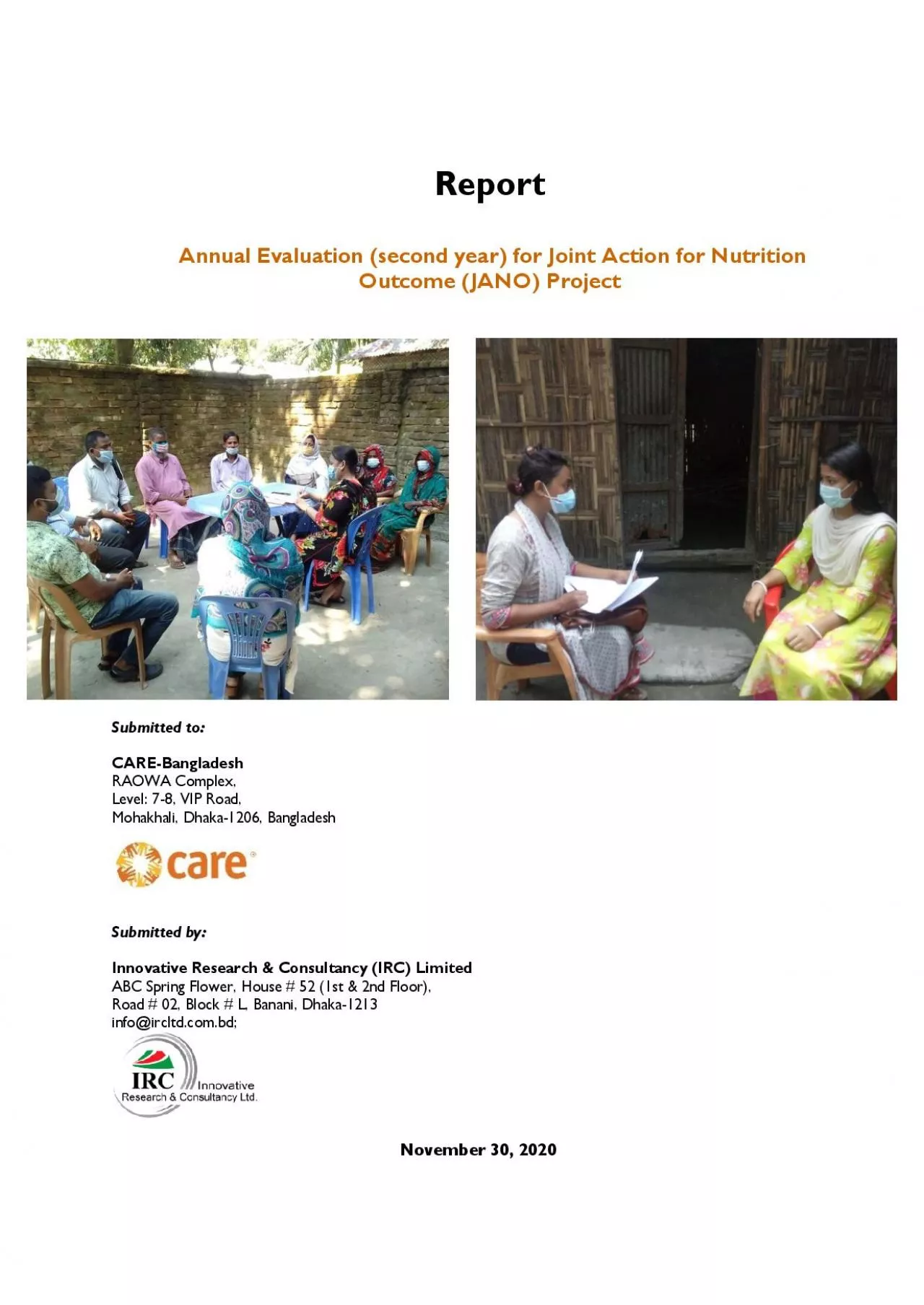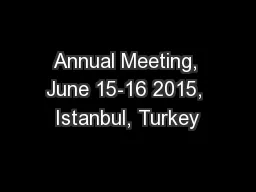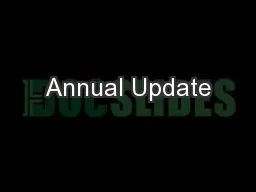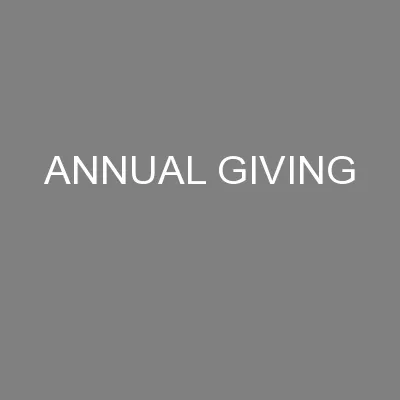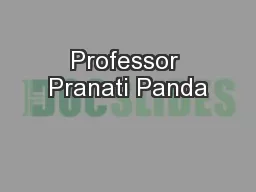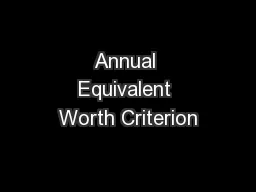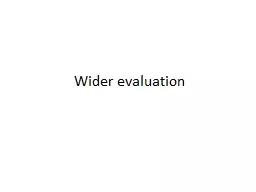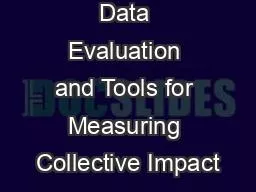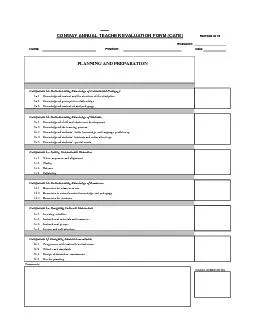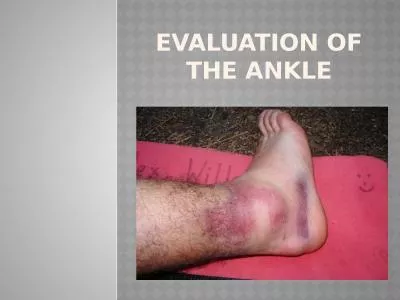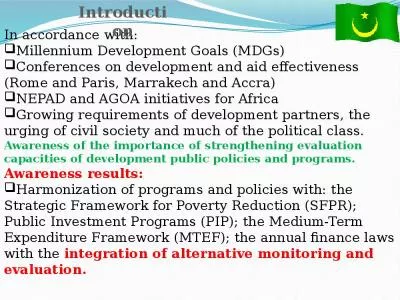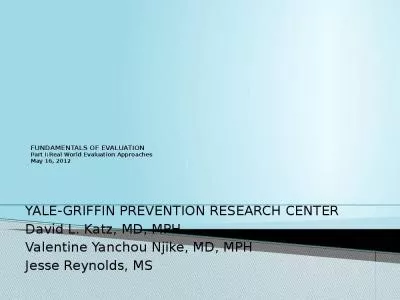PDF-Annual Evaluation
Author : jalin | Published Date : 2021-08-21
Reportsecond year for Joint Action for Nutrition Outcome JANO Project Submitted toCAREBangladeshRAOWA ComplexLevel 78 VIP RoadMohakhali Dhaka1206 BangladeshSubmitted
Presentation Embed Code
Download Presentation
Download Presentation The PPT/PDF document "Annual Evaluation" is the property of its rightful owner. Permission is granted to download and print the materials on this website for personal, non-commercial use only, and to display it on your personal computer provided you do not modify the materials and that you retain all copyright notices contained in the materials. By downloading content from our website, you accept the terms of this agreement.
Annual Evaluation: Transcript
Download Rules Of Document
"Annual Evaluation"The content belongs to its owner. You may download and print it for personal use, without modification, and keep all copyright notices. By downloading, you agree to these terms.
Related Documents

